Reel Rundown: Jazz-based score powers real-life story in ‘Soundtrack to a Coup d’Etat’

As with any subject, history can be explored in a number of ways. In high school and college, students might study it through reading textbooks, by consulting various websites, paying attention (or not) to their teachers’ power-point presentations or even by watching the occasional movie.
All these methods tend to follow a somewhat similar mainstream format. Even the histories made by documentary filmmakers such as Ken Burns or Errol Morris, as unique as they might be, typically unfold in mostly familiar styles.
That, though, is where Belgian filmmaker Johan Grimonprez’s documentary feature “Soundtrack to a Coup d’Etat” is different. In no way predictable, the film and the material it covers have earned it a well-deserved Academy Award nomination.
Grimonprez’s focus is the Democratic Republic of Congo, formerly the Belgian Congo, and its ill-fated former prime minister, Patrice Lumumba, who was assassinated in 1961. The perpetrators were agents of the Belgian government, and they acted – as several investigations over the following decades have indicated – with the tacit, if not outright, approval of America’s Central Intelligence Agency.
A number of newspaper reports, magazine articles, books, stage plays and films – both narrative and documentary – have told Lumumba’s story. Nothing, though, matches what Grimonprez has put on the screen, at least in the way the story is told.
That’s because Grimonprez uses a mass of archival footage, blended with headlines taken from reports gleaned through a range of sources, and underscores everything with a stirring jazz-based score. By doing so, he manages to create a narrative that plays out like a John Coltrane-type improvisation, which is appropriate because many of the real-life musicians featured in the film are jazz musicians and singers.
And many of them, it turns out, were unknowingly used by the U.S. government in that era’s Cold War fight against communism. One of the most noted was Louis Armstrong, whose tour of the Congo as a goodwill ambassador was essentially a cover for the CIA.
And why was the agency so active during this period, when the Congo was in crisis following its recent independence from Belgium? Because of the Cold War fear that the resource-rich Congo, which had provided much of the uranium for the world’s nuclear weapons, might fall into communist hands.
And while the issue is still debated to this day, the administration of Dwight D. Eisenhower, with Allen Dulles as head of the CIA, was convinced of Lumumba’s communist leanings.
We learn all this over the film’s two-and-a-half-hour running time marked by the music of Armstrong and Coltrane as well as that of Dizzie Gillespie, Nina Simone, Abbey Lincoln and several others. Their performances accompany scenes involving the jockeying for power between the likes of the Belgian government and ambitious Africans such as Joseph-Désiré Mobutu and Moïse Tshombe.
And, too, Grimonprez gives us long segments of archival footage of the world powers behind the crisis: former United National Secretary-General Dag Hammarskjöld, Soviet Premier Nikita Khrushchev and President Eisenhower.
The result isn’t a pretty story. Whatever his faults, Lumumba battled for African independence from the traditional colonial powers. And those powers weren’t about to cede their long-held authority without a fight.
The irony of his film is that Grimonprez uses such a beautifully singular way to tell an incredibly sad story.